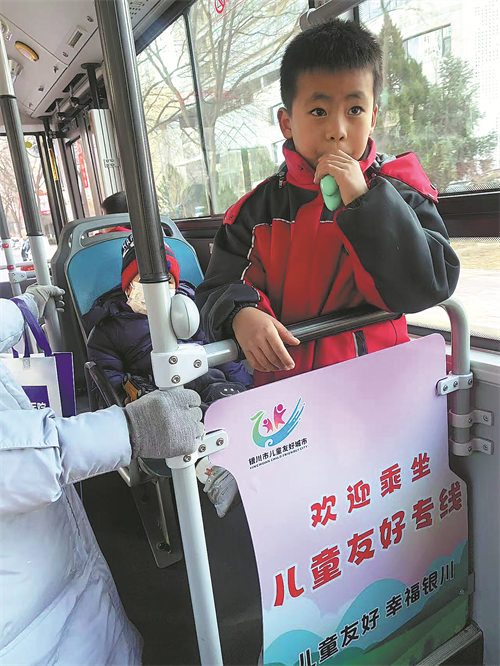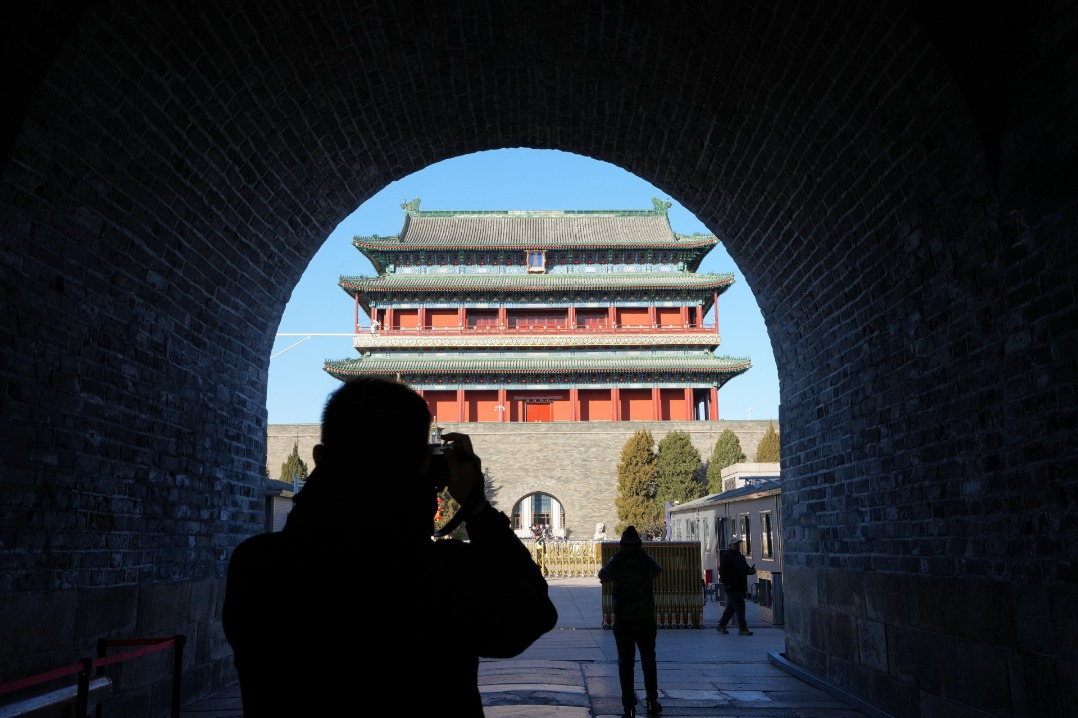City takes its cues from child's play


Many commercial complexes in Yinchuan also embrace the "1-meter perspective" by adding child-friendly signage and guidance, building toilets suitable for children, as well as independent nursing rooms and play areas.
Other cities across China have also been achieving significant progress in the development of child-friendly urban environments.
For instance, Guangzhou, Guangdong province, an early adopter of the national child-friendly construction initiative, has successfully integrated child-friendly enhancements into its urban renewal projects, according to local media. In all, 190 public spaces and facilities, along with around 400 sites like parks, libraries, sports facilities, hospitals, schools and bus stops, have been refurbished to meet the needs of children. Additionally, the city has established 83 safe commuting routes to schools, and 35 greenways specifically designed for children.
In March last year, the third list of national child-friendly cities was released, including Haikou and Sanya in Hainan province; Zhuhai in Guangdong, and Shijiazhuang in Hebei province.
As of last year, 93 cities in 31 provinces and municipalities were included in the scope of the national program, and awareness of the needs of children is continuing to rise in other locations.



































